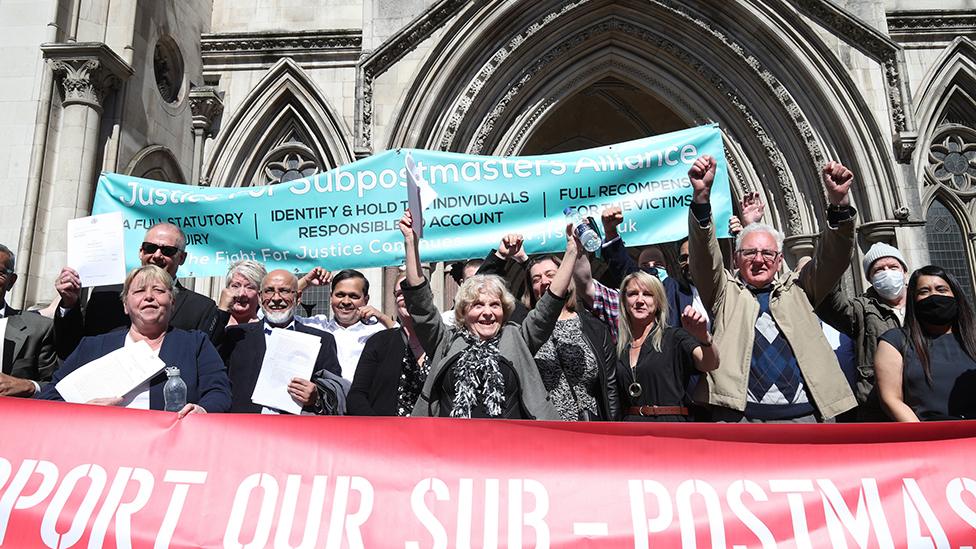UK emergency alert system to cost £25m
- Published
Watch UK alert go off (again, or if you missed it)
The UK's emergency alert system will cost up to £25.3m in its first three years, the government has said.
The system was tested for the first time last month, with messages sent to millions of smartphones.
In the future, the alert could be used to issue warnings about dangerous situations, including fires, flooding or terror attacks.
The government says the system is a "vital tool to keep the public safe in life-threatening emergencies".
But critics have branded the alerts intrusive, and the cost of the system has been the subject of speculation.
On Thursday, the Conservative peer and Cabinet Office minister, Baroness Neville-Rolfe, revealed more details about the cost of the system.
Responding to a parliamentary question, external, Baroness Neville-Rolfe said: "The total cost to date of developing the technical architecture and systems which underpin the emergency alert programme, in addition to the first three years of operational delivery, will be a maximum of £25.3m."
The baroness said those costs included a contract worth up to £5m with Fujitsu, a Japanese IT firm which has been hired to work on the system.
Other costs include contracts totalling £18.6m to mobile network operators, as well as further spending on security testing and legal work.
"The remaining costs were spent on security testing and legal fees," Baroness Neville-Rolfe said.
"The specific figures are commercially sensitive and can therefore not be released to the public."
The BBC has asked the Cabinet Office for comment.

Peers have said the involvement of Fujitsu, which was at the centre of the Horizon Post Office scandal, could undermine public trust in the alert system.
More than 700 Post Office managers were convicted when Fujitsu's faulty accounting software made it look like money was missing from their sites.
The government said Fujitsu had a "small role" in the development of the system and insisted there was no link between its work for the Post Office and the alerts.
The alert included a short message, accompanied by a loud 10-second noise and vibration.
On the day of the test, 23 April, some smartphone users said they did not receive the alert at all.
The government said the alert did not reach an estimated 7% of compatible devices in the UK.
About 80% of mobile phones in the UK were compatible to receive the alert, according to the Cabinet Office.
The Cabinet Office has said there are likely to be further public tests of the system in the coming years.
Many countries around the world use emergency-alert systems, including the United States, the Netherlands and Japan.
A Cabinet Office spokesman said: "The government's main priority is to keep people safe and the emergency alerts system has transformed our ability to warn and inform people who are in immediate danger, making sure an urgent message can be sent to mobile phones in a specific area when there is a risk to life."
Related topics
- Published25 April 2023

- Published19 April 2023

- Published22 April 2023
